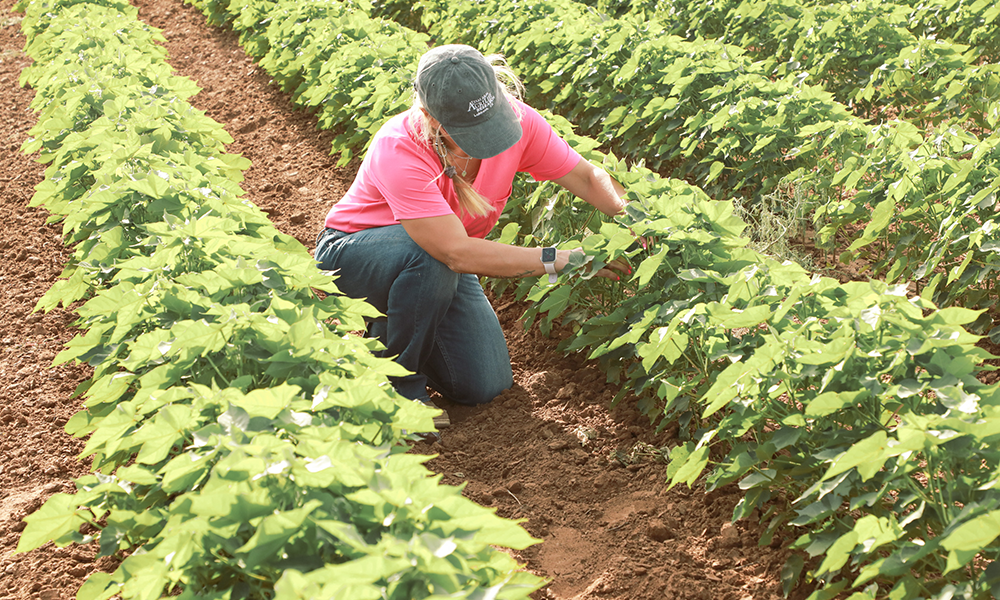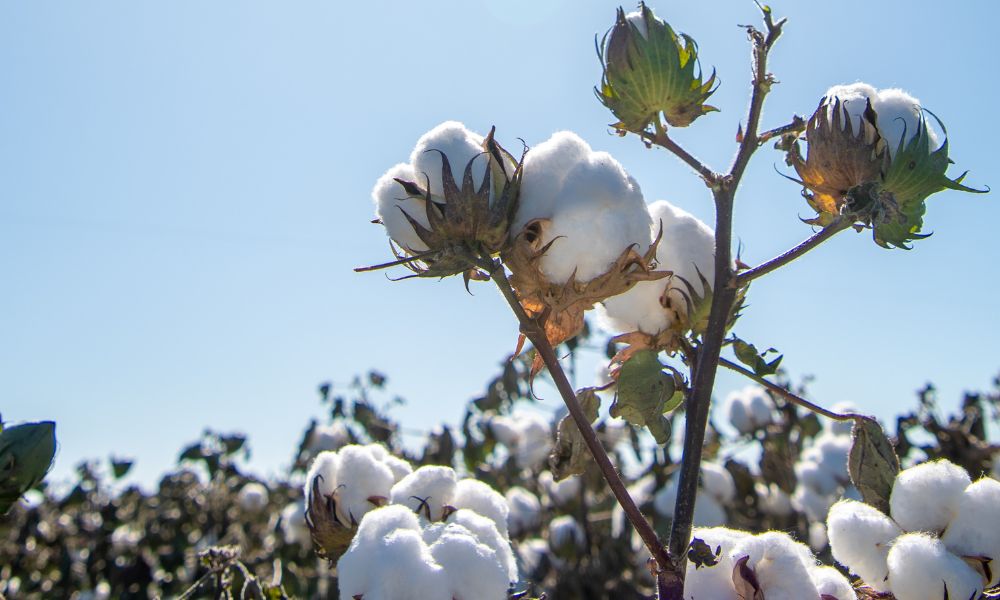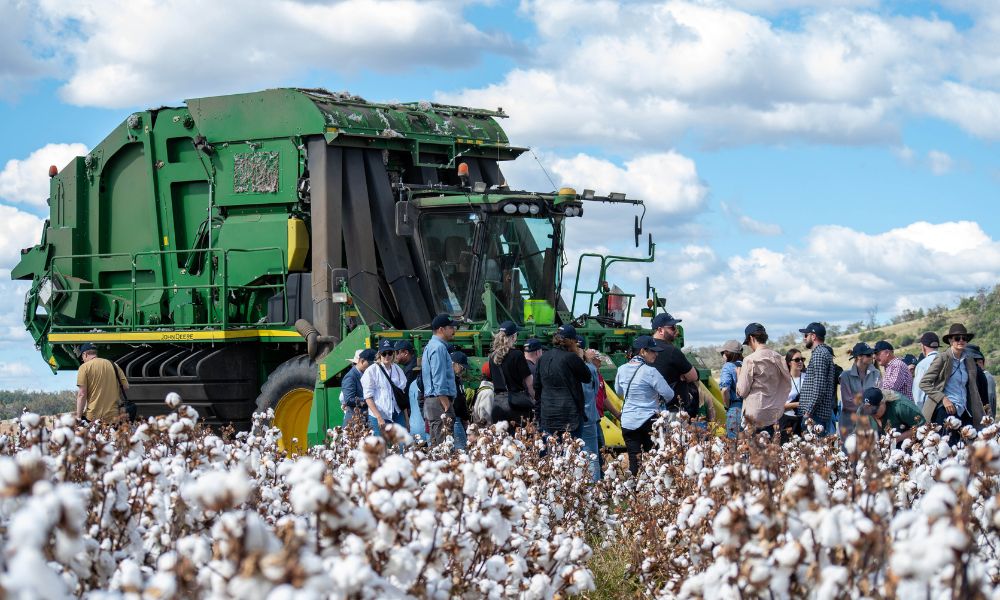Cotton & Soil Health: A Solution to Global Challenges
August 18, 2020
Watch part one of this webinar series on cotton’s land use and soil health to understand how better farming practices can increase yield while benefiting the environment.
Improving soil health goes hand in hand with better cotton yields and reducing environmental impact. Cotton helps store carbon while growing, and soil can harbor three times as much carbon as the Earth’s atmosphere. The U.S. cotton industry aims to increase soil carbon content by 30% and decrease GHG emissions 39% over the next 10 years by advocating for farming practices that increase soil health.
The Soil Health Institute shows the path to meet these goals through their research on soil health practices’ impact on the environment and farm economics.
- Soil Health’s Environmental Impact
Soil health plays a vital role in much of the world’s challenges, but practicing regenerative farming methods can particularly benefit the environment and enhance the ecosystem of the farm by:
- Capturing Nutrients. Healthy soil absorbs both carbon and nitrogen from the atmosphere. This increases soil nutrient density, improving crop yield and reducing the need for fertilizer that can be both costly to farmers and harmful to the environment.
- Retaining Water. Using cover crops and no tillage prevents water from crusting on the soil surface. Water penetrates the soil rather than puddling or running off the top, which creates better trafficability for farmers and reduced erosion and watershed contamination.
- Drought Resilience. Increasing organic carbon can nearly double soil’s water capacity, which makes crops more draught resistant and cuts down on farmers’ irrigation needs.
Learn more about soil health’s environmental impact by watching the webinar.
- Soil Health Practices
The Natural Resources Conservation Service recognizes 29 agricultural practices for reducing Carbon emissions, but the Soil Health Institute estimates that 100% adoption of just four would achieve net zero emissions in U.S. agriculture by 2040:
- Prescribed Grazing. Rotating animals through paddocks on a defined schedule to prevent overgrazing.
- Cover Crops. Planting grazing feed or other vegetation between cash crops rather than leaving the land fallow.
- No Till. Leaving soil unagitated between plantings.
- Nitrogen Management. Paying close attention to the placement and timing of nitrogen in the field to prevent loss.
Learn more about these practice’s current adoption and impact by watching the webinar.
- Adoption Strategy
The Soil Health Institute’s takes a two-pronged approach to encouraging farmers to adopt these soil health practices:
- Research Assessing Soil Health Systems. Interviews with 125 farmers across the U.S. that have successfully adopted soil health management systems reveal a net-income benefit of $314/per acre in one case.
- Farmer Training. In six of the 17 cotton-growing states, farmers that have been successful growing cotton with soil health management strategies will mentor farmers newly adopting them. The program starts by gathering a local cohort of experts and touring mentor farms.
Learn more about the research involved in these soil health practices adoption strategies by watching the webinar.
The Webinar
This CottonWorks™ webinar is presented by Dr. Cristine Morgan, Chief Scientific Officer at the Soil Health Institute. Cotton & Soil Health: A Solution to Global Challenges discusses the benefits of regenerative agriculture management both for farm economics and the environment. Watch the webinar to discover key ways soil health reduces GHG emissions and water retention and what agricultural practices have the largest impact.
In Cotton & Science-Based Targets: Industry Progress & Path to Net Zero (Part 2), you will learn about how the U.S. cotton industry applies the Science-Based Targets Initiative to help partners reach their GHG reduction targets.
The work we do is possible because of collaborations with researchers like these and partnerships with people all throughout the value chain. Ready to commit to sustainably produced cotton? Become a Cotton LEADS partner today. Interested in doing even more? Contact us for ideas to get the most out of sustainable cotton and your partnership with Cotton LEADS.















Recent Comments